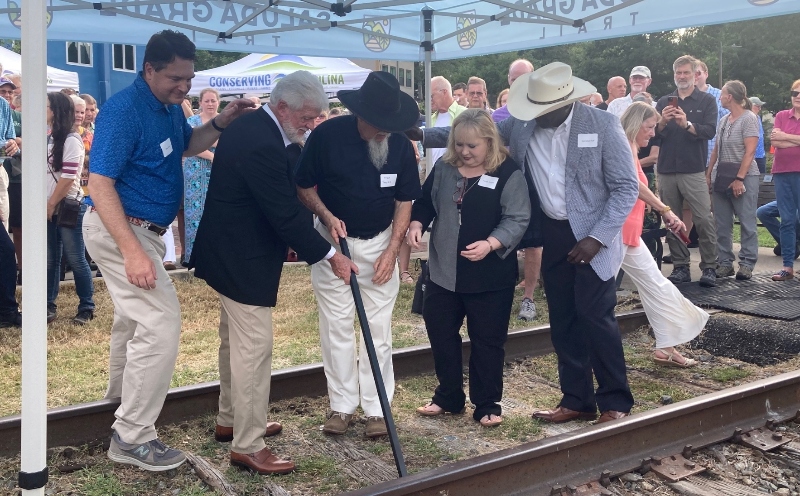Remember penmanship from school?
Published 10:00 pm Thursday, May 12, 2016
I received and forwarded an e-mail showing the blackboards found behind the ones being replaced in an Oklahoma school building. Those old blackboards look like the ones in my schools back in the “Dark Ages” (what my kids call my school days). Tacked above the slate blackboards were enough cardboard strips to illustrate all of the alphabet and the numerals in the Spencerian script or Palmer method writing we were supposed to emulate. These strips were apparently universal in American schools from the late 1800s at least until the 1950s.
My kids and I learned first to “print” (I have never understood why the letters we learned to make looked nothing like the fonts with serifs used in our textbooks) before picking up “cursive” (more modern term) writing in about the 3rd grade. Our son has never learned to write cursive; its difficulty for many kids is probably why someone decided not to teach it any more in public schools. I have heard that it is back again now, though!
Difficulty? I think we all had problems learning to “write!” My sixth grade teacher, Miss Mary Elizabeth Gamble—God rest her soul—was the only person I ever knew who could write like that, and properly, using the large muscles of her arm, not by “wiggling her fingers only” as everyone else does. I have the typical “corn” on the first knuckle of my middle finger right hand from my death grip on pencil or pen in order to get it to follow my rapidly moving fingers. Of course old timers like me remember the illustrations of how to hold a pen properly . . . the thumb lightly pressing the shaft into the pads of the first two fingers.
Trending
More difficulty: Later we had to learn to write in ink with a steel pen point stuck in a wooden staff. You had to glide the pen above the paper so as not to dig the point in on the up stroke! Remember the Post Office pens? And inkwells?
A fountain pen became a necessary addition to one’s writing tools as all English papers had to be written in ink. All mistakes in spelling or grammar were duly marked in red and points taken off. I used to get As for composition even though the teacher had “bled all over” every page. I tell people that I had to learn to spell, because back then I was able to write plainly enough for the letters to be identifiable.
Typewriters, and later computers and cellphones, were thought to eliminate the need for cursive writing at all. Have you ever thought that Thomas Jefferson, credited with “writing” the Declaration of Independence, could write that beautiful script seen on the precious document preserved in the National Archives? No, his draft looks pretty ordinary for his day—the “official” document was “engrossed” on parchment, probably by one Timothy Matlack. And, yes, I have tried my hand at what is now called “calligraphy,” but even with a lot of practice, I still cannot call myself a calligrapher.
I used to grind the points of my fountain pens off to a stub in order to be able to write with varying width lines like calligraphy. When Al Creasy was treasurer of the Historical Association, he used to chide me about needing my “special pen” to countersign the checks.
I cannot control ball point pens because in my hand they tend to roll all over the paper. I am now thankful for gel pens that offer enough “feel” to steady my hand. But my handwriting has deteriorated now to the point that it often looks as if I did it with the wrong hand!





